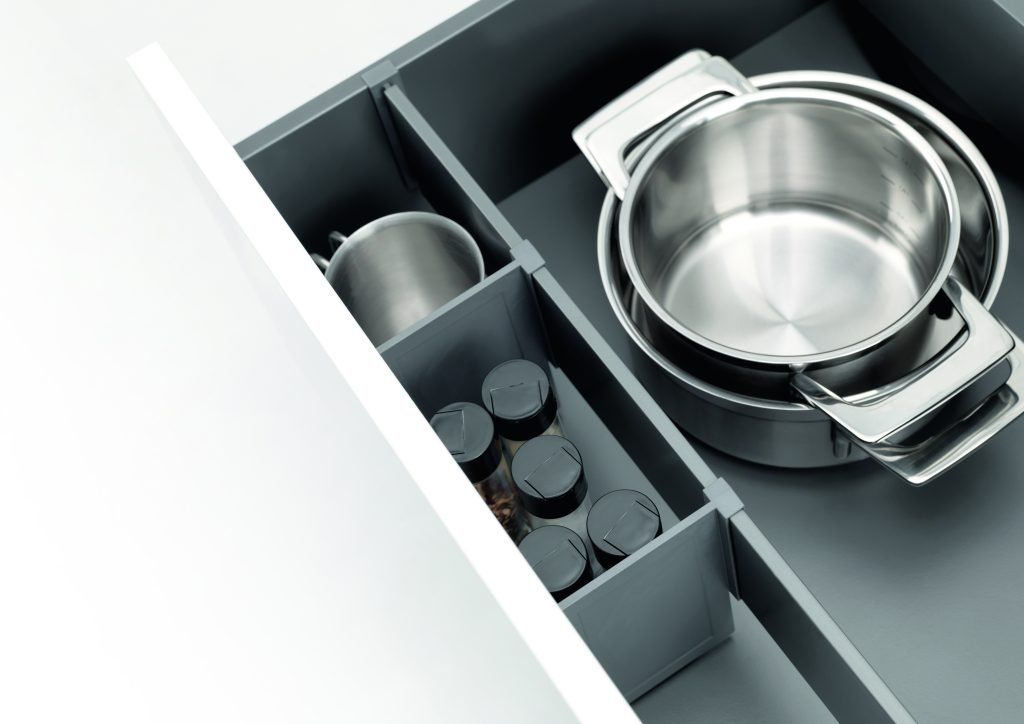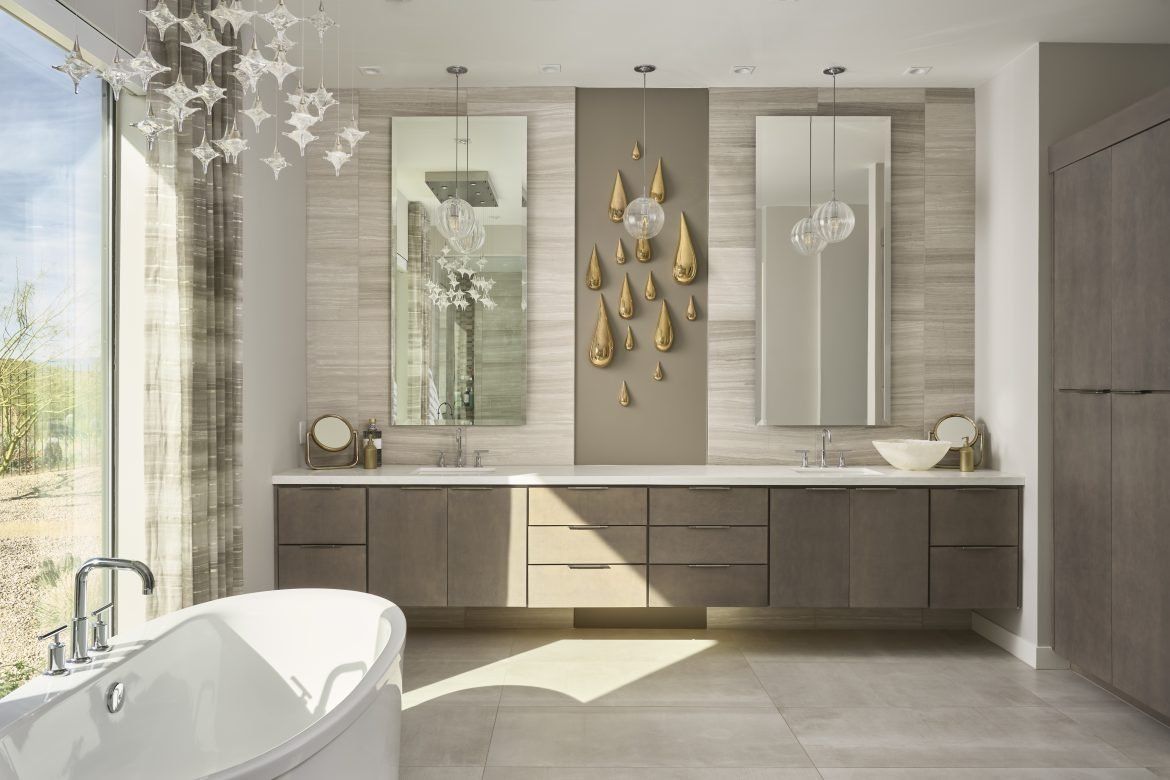Accessible Kitchen Design Elements
When people talk about accessibility in the kitchen, they usually think of gadgets that make difficult-to-reach areas easier to access. The pullouts on today's internal cabinet fittings, which make the most of every available inch of space and are specifically made to accommodate things like spices, bottles, cans, plates, silverware, and more, are engineering marvels.
However, the demand for safety is one of the primary concerns in accessible design, which extends beyond cabinet interiors. Cooking surfaces, movable countertops, WiFi-enabled ovens and hoods, and non-slip flooring are a few other items that fall under the accessible design umbrella, enabling the kitchen to be used by family members of various abilities.
In terms of accessible kitchen design, some recent developments include:
- Touch- and voice-controlled faucets and those that provide easy toggling between functions provide ease of use for homeowners.
- Smart cooking appliances that can be controlled and monitored via app allow the user to adjust temperatures and monitor the cooking process.
- Non-slip surfaces and pronounced designs provide safety when moving around the kitchen and dealing with depth-perception issues.
- Refrigerators and faucets with automatic measured dispensing aid in precise work and prevent accidental spills.
- Interior drawer and cabinet systems deliver more sophisticated operation, with electric push-to-open options and interior LED lighting providing better access and visibility.
- Induction cooktops stay cool to the touch, providing safer operation when working above the cooktop.
Source: Kitchen & Bath Design read the complete article and learn about each of the accessories HERE.












